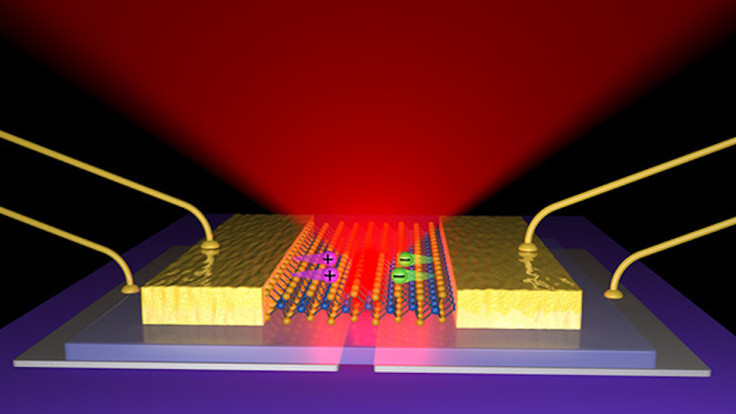'Thinnest-Possible' LEDs Could Transform Consumer Electronics

Scientists from the University of Washington have created light-emitting diodes (LEDs), capable of being used in electronics such as smartphones, monitors and wearable electronics.
According to the scientists, the LEDs could also be used in new applications that go beyond the capabilities of current technology, such as nano-scale computer chips and optical communications.
The paper detailing the scientist's research into this technology, which appeared in Nature Nanotechnology on 9 March claims that the LEDs are 10 to 20 times thinner than the LEDs currently being used in most modern consumer electronics.
"We are able to make the thinnest-possible LEDs, only three atoms thick yet mechanically strong," said Xiaodong Xu, an assistant professor at the University of Washington who co-authored the paper. "Such thin and foldable LEDs are critical for future portable and integrated electronic devices."
The LED is able to emit light using a two-dimensional semiconductor made from a material called tungsten diselenide. The scientists were able to extract such a thin layer of the material using regular adhesive tape, a technique first used to isolate a single layer of graphene by the Nobel Prize-winning scientists Andre Geim and Konstantin Novoselov at the University of Manchester.
Despite their tiny size, the LEDs are still able to function in much the same way as regular LEDs, while being much more energy efficient.
"These are 10,000 times smaller than the thickness of a human hair, yet the light they emit can be seen by standard measurement equipment," said Jason Ross, a University of Washington materials science and engineering graduate student and the other co-author of the paper.
"This is a huge leap of miniaturization of technology, and because it's a semiconductor, you can do almost everything with it that is possible with existing, three-dimensional silicon technologies,"
© Copyright IBTimes 2025. All rights reserved.






















